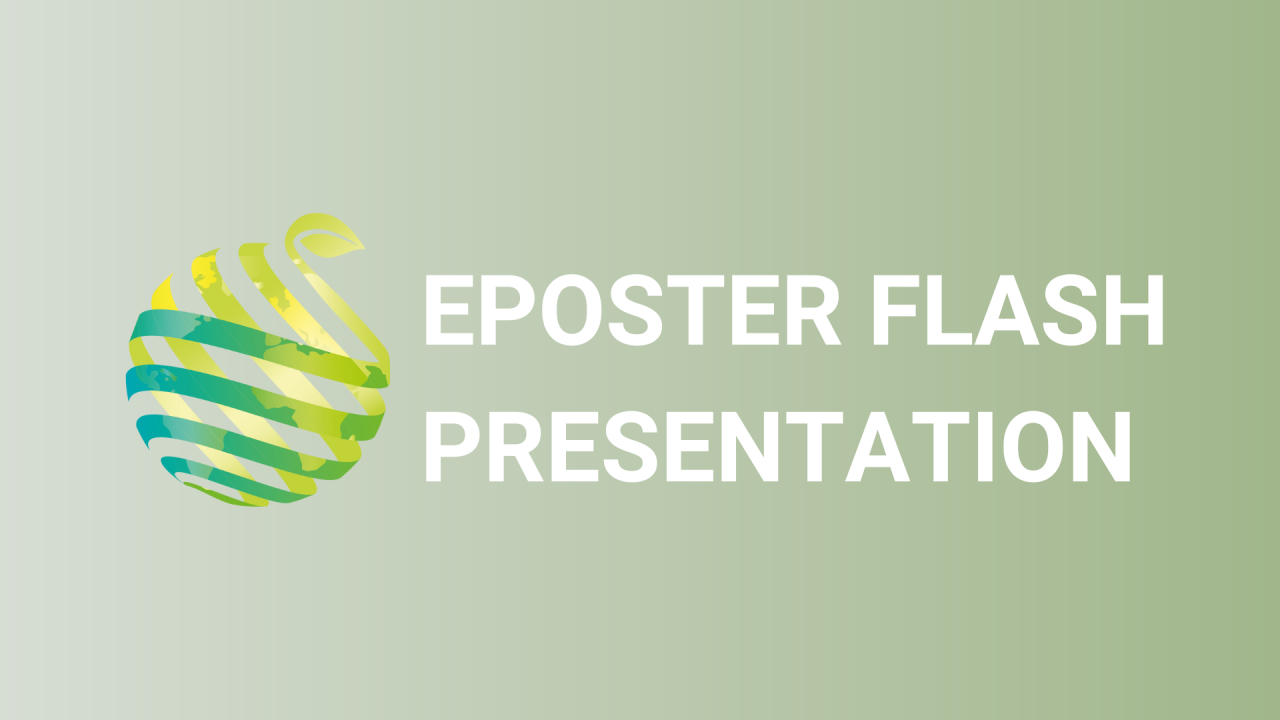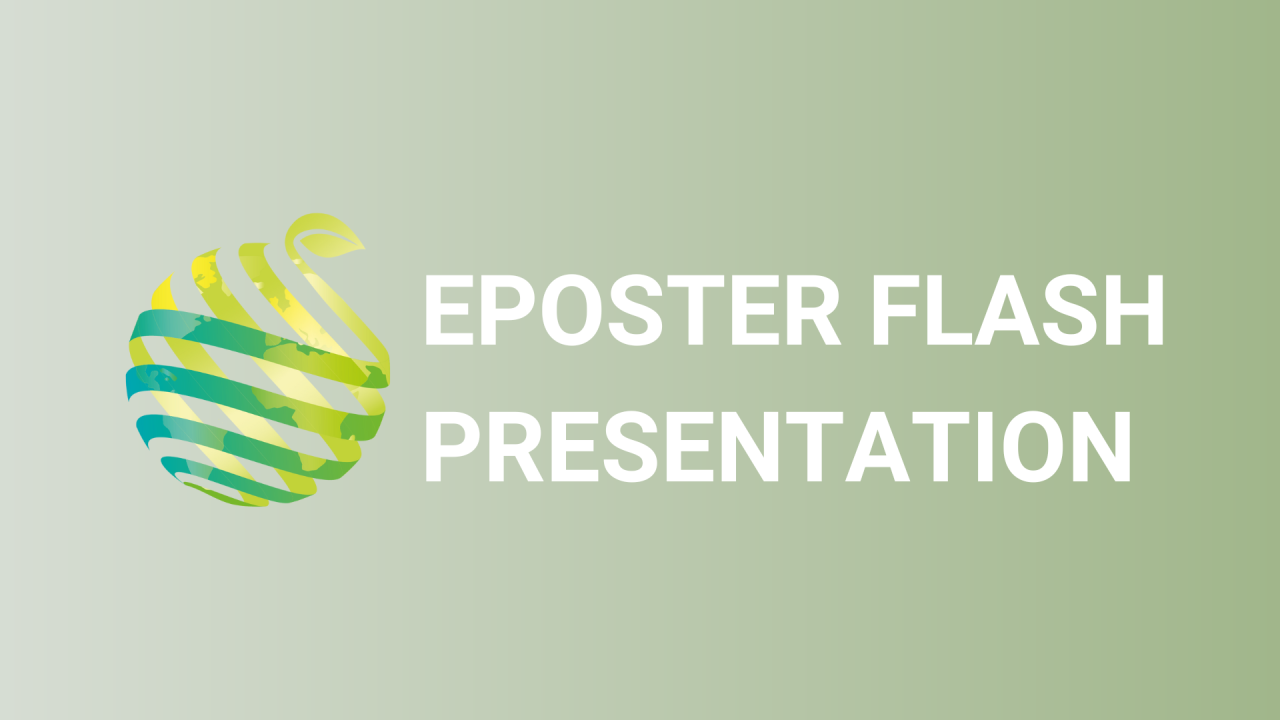

S01 - Session P6 - Identification of QTLs for leaf yield component traits in Stevia
Information
Authors: Prabhjot Kaur *, Keivan Bahmani, Ryan Warner
Stevia rebaudiana is grown for the extraction of sweet-tasting steviol glycosides produced in the leaves for use as a non-caloric sugar substitute. Stevia leaf yield is a function of various morphological traits including leaf size, rate of leaf production and branch production. Therefore, it is critical to understand the genetics of these traits to facilitate breeding of high-yielding stevia cultivars. Higher stevia biomass production would help meet consumer demands for natural sugar alternatives. A stevia F 1 mapping population consisting of 200 individuals (population MSU18-02) planted in triplicate was evaluated for two years at two field locations in Michigan. Plants were phenotyped for leaf number, plant height, maximum and minimum plant width, primary and secondary branching, leaf length and width, stem caliper, flowering stage, and plant vigor. Population distributions indicated quantitative inheritance of these traits. Leaf size, stem caliper and plant vigor were positively correlated with number of leaves produced (α=0.01), suggesting that these traits collectively are integral for improving the biomass of the crop. Genotyping-by-sequencing was used to generate SNP markers for genetic mapping. Novel QTLs for all traits explaining 10-16% of the phenotypic variation were identified. A QTL for leaf length explaining about 12% of the phenotypic variation and one for the number of leaves explaining 11% of the variation have been identified on linkage group 3. QTL regions for plant secondary branching and vigor co-localize on linkage group 11, each explaining around 10% of the phenotypic variation. Identification of these QTL regions provide an insight into the genetic control of traits regulating the biomass of stevia.